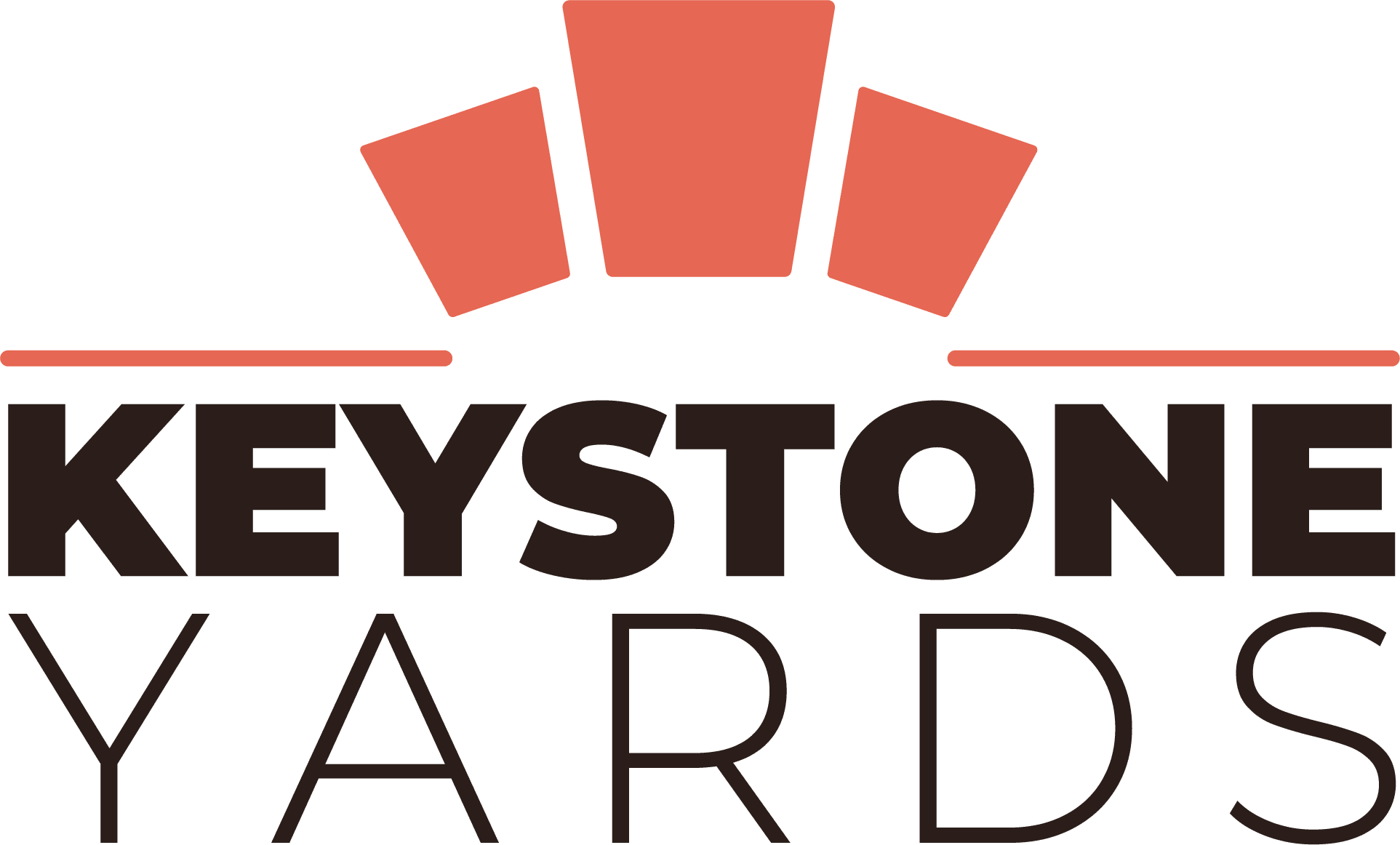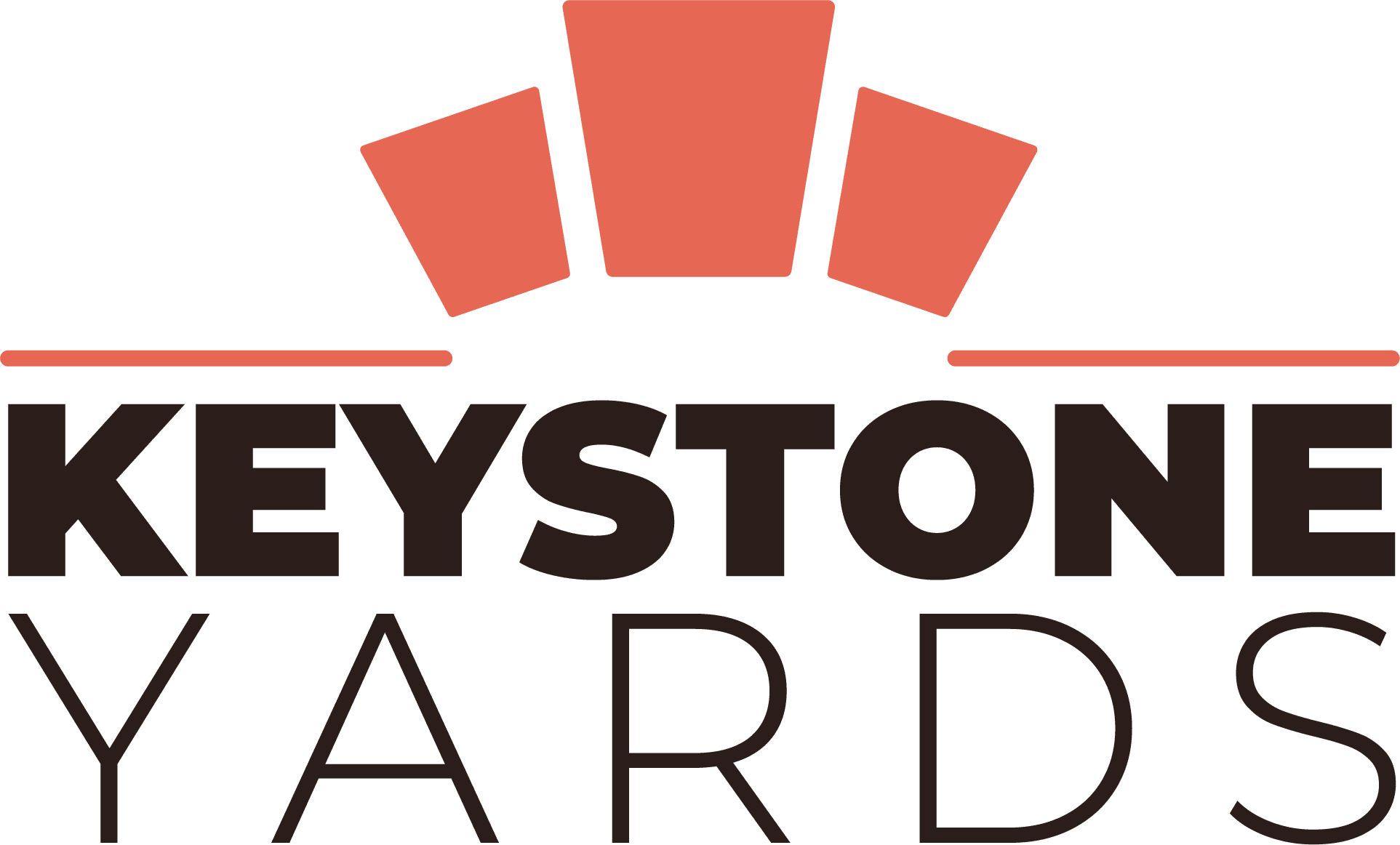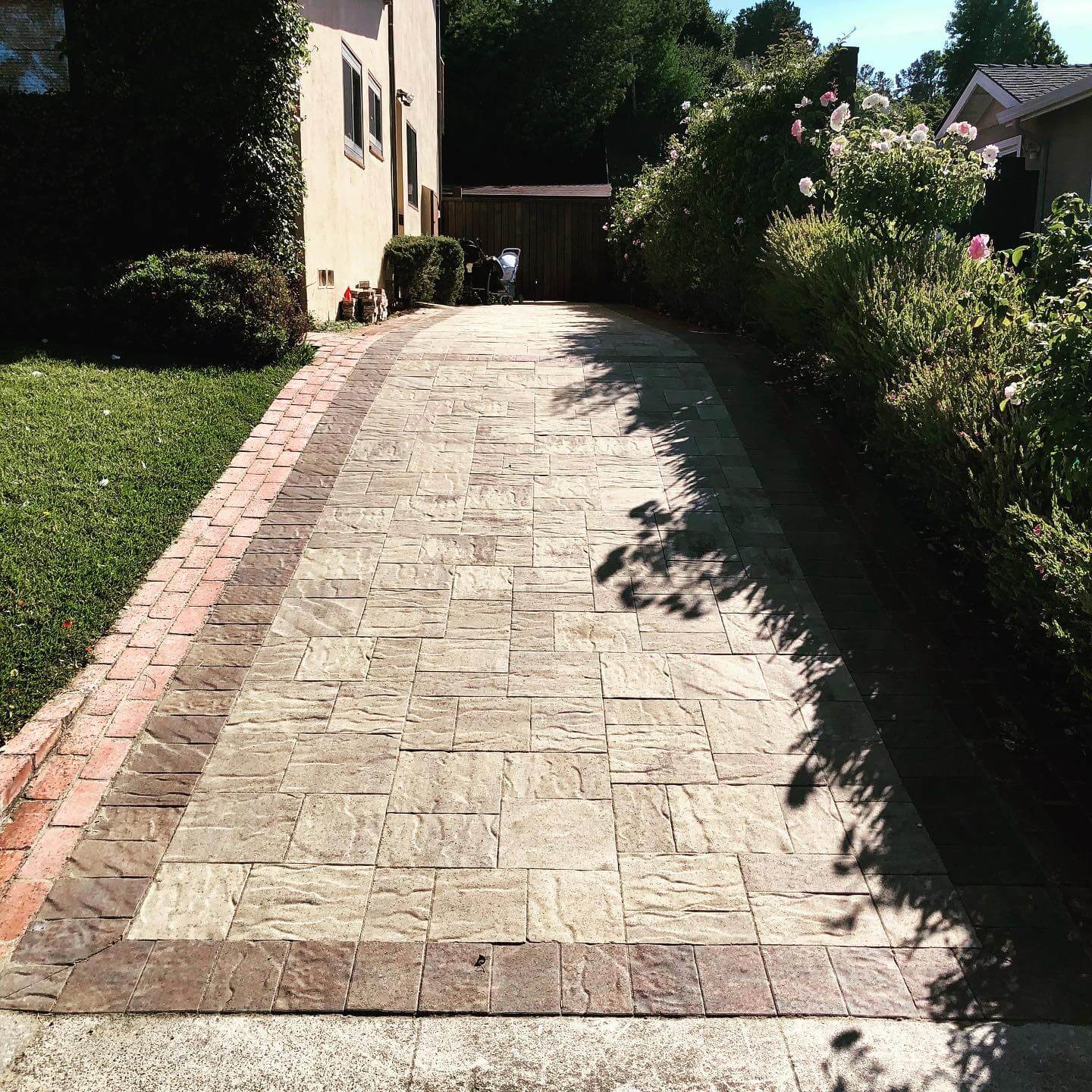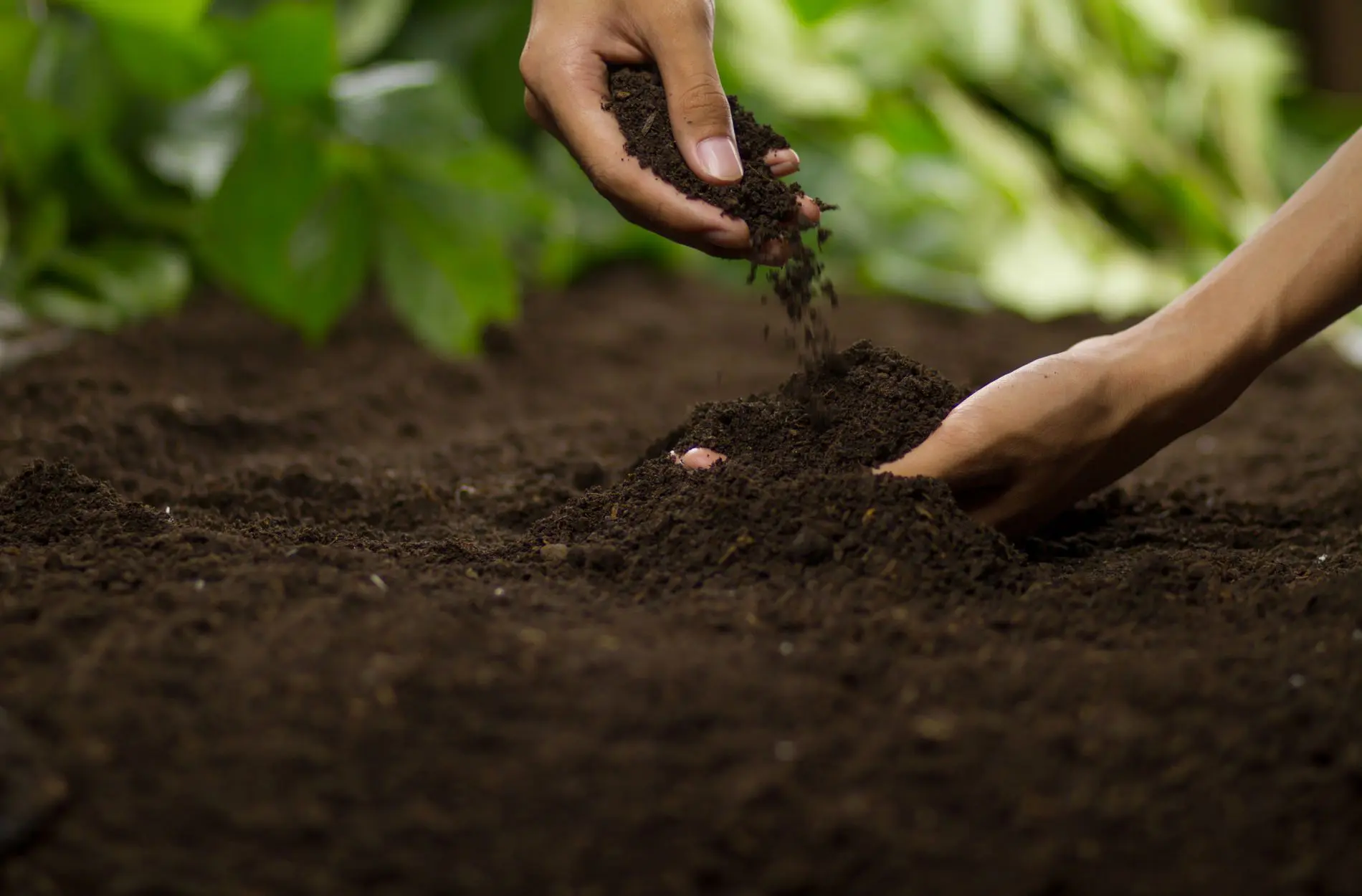
Solutions For Poor Soil Quality In Your Napa Yard
Soil is the foundation for just about everything in your yard. Whether you’re dreaming of a lush lawn, a vegetable garden, or vibrant flower beds, it all starts with what’s beneath the surface. In Napa, where landscaping is both a point of pride and personal enjoyment, poor soil quality can quietly throw off your whole outdoor vision. It might seem like something you don’t notice until plants start struggling, but by the time that happens, a lot of hidden damage can already be done.
Unfortunately, poor soil is a pretty common challenge in Napa yards. Local soil can be dense with clay, overly sandy, or rocky enough to block healthy root growth. Bad drainage, shallow topsoil, and nutrient imbalance can also stop plants from thriving. Spotting these issues early and knowing how to work with what you’ve got makes a big difference. Whether you’re new to landscaping or have been tending your yard for years, understanding the condition of your soil is a great place to start.
Identifying Poor Soil Quality
Before making any changes, it’s important to get a sense of what you’re working with. Soil can look fine on the surface but be holding onto problems just beneath. You might notice water pooling after irrigation, or plants that wilt even though they’re getting enough light and moisture. These can be early signs that your soil needs help.
Here are several indicators that your soil may be underperforming:
- Water doesn’t soak in well and tends to sit on top of the ground
- Grass and plants have shallow roots or are slow to grow
- The ground feels heavy when wet (clay) or overly loose and dry (sand)
- Soil lacks earthworms or other signs of life
- You see yellow leaves or other signs of nutrient deficiencies in plants
In Napa, soil types vary but often fall into a few tricky categories. Heavy clay soil is one of the most reported problems. It compacts easily, holds too much water, and can suffocate roots. At the opposite end, sandy soil drains far too quickly, pulling nutrients away before plants can absorb them. Rocky areas pose their own challenges, making it tough for roots to expand and water to penetrate.
You don’t need a full lab report to get started. A simple soil test kit from a garden supply store can tell you a lot. You can also do a quick texture test by grabbing a handful of moist soil and squeezing it.
- If it forms a sticky ball that holds its shape, it’s likely clay
- If it crumbles easily with little effort, it could be sandy
- If it holds some shape but breaks apart when poked, you might have loam, which is ideal
Knowing what kind of soil you have helps you choose the right improvements and avoid wasting time on changes that won’t stick.
Improving Soil Structure
Once you understand your soil’s weaknesses, the next step is to strengthen its structure. Healthy soil structure lets water drain while holding enough moisture for roots to thrive. It also creates air pockets for breathability and helps roots grow deeper and stronger.
The best way to improve structure is by adding organic matter. This helps loosen heavy clay, gives sandy soil something to hold onto, and feeds the biological life that’s naturally found in thriving soil. In Napa, a few additions work particularly well:
- Compost: Great for improving both clay and sandy soils
- Aged manure: Offers nutrients and improves moisture retention
- Peat moss: Helps loosen compacted areas and boosts moisture control
When adding these materials, aim to incorporate them into the top 6 to 12 inches of the soil using a shovel or rototiller. It’s best to do this when the soil isn’t too wet or dry. Over time, continuing to add compost a few times per year, especially in spring and fall, makes a big impact.
For example, if your yard is mostly clay and you notice water standing after a sprinkler cycle, mixing in compost consistently can change that. After a few months, you’ll likely notice water soaking in better and plants growing more evenly.
Good structure doesn’t fix everything, but it lays the groundwork for healthier landscapes. Once this is addressed, it becomes a lot easier to manage other things like nutrients and pH levels.
Addressing Soil pH Imbalance
Soil pH plays a big role in how well your plants grow. If it’s too acidic or too alkaline, nutrients can get locked up in the soil where roots can’t access them. In Napa, certain areas tend to lean more acidic, especially those near mature oaks or spots where pine needles accumulate. Meanwhile, others might naturally swing more alkaline depending on surrounding minerals and previous land usage.
One of the easiest first steps is to test your soil’s pH using an at-home test or sending a sample to a lab. It’s helpful to test different spots around your yard since levels can vary even within a small space. Soil with a pH between 6.0 and 7.0 works well for most plants, but beyond that, you may run into trouble with how nutrients behave.
If the soil is:
- Too acidic (pH below 6.0): Add garden lime to gradually raise the pH
- Too alkaline (pH over 7.5): Use elemental sulfur to reduce the pH slowly
Neither fix works overnight. It typically takes a season or more to notice big changes and timing matters. Lime and sulfur should be added during dry spells with light watering to mix them into the top layer. Try not to overdo it. A small adjustment goes a long way when working with pH. Once balanced, you’re giving your plants a better place to absorb the nutrients already in the soil.
Correcting Nutrient Deficiencies
If your plants are stunted, yellowing, or producing fewer flowers than usual, there’s a good chance the soil is lacking nutrients or isn’t making them available. Even in a place as plant-friendly as Napa, nutrient levels can drop if the soil’s been overworked, left bare, or never supplemented.
Here’s a quick breakdown of common signs and what they may signal:
- Yellow leaves, especially older ones, can suggest a nitrogen issue
- Purple-tinged leaves may point to a phosphorus problem
- Slow growth or weak stems might mean you’re short on potassium
To address nutrient problems in a more natural way, organic fertilizers are a good option. They work more slowly than synthetic ones but improve the soil over time, not just the plant. Look for:
- Fish emulsion or feather meal for nitrogen boosts
- Bone meal for phosphorus increases
- Green sand for a gentle potassium boost
Spread these fertilizers based on package instructions and work them into the soil just before watering. Pay attention to plant responses. If you’ve recently corrected pH issues, nutrients may become more available right away and fertilizer needs might change.
Soil Maintenance Through the Seasons
Once your soil is feeling healthier, it takes regular upkeep to keep it that way. The weather in Napa shifts across the seasons, so your yard’s needs do too. Staying ahead of those changes makes a big difference, especially if you’re planting year-round.
Use this simple plan to help support your soil through the year:
- Spring: Add compost as a top dress before planting. Rake fallen debris and refresh mulch to lock in moisture
- Summer: Watch for signs of moisture loss. Soil dries out quickly in high heat, so deeper watering helps roots grow strong
- Fall: Plant cover crops or spread another thin layer of compost. Turn over bare beds to mix in spent plants and leaves
- Winter: Avoid walking on wet soil. It compacts easily in this season and can undo some of your earlier effort
It also helps to keep a few quality tools on hand. A digging fork, compost spreader, soil thermometer, and a pH test kit can carry you through most of the year. None of this needs to be overly technical or time-consuming. Small, steady habits keep your soil improving without starting over each season.
Keeping Your Napa Yard in Top Shape
Improving poor soil isn’t a quick weekend job, but with steady adjustments, even the toughest dirt can become a strong foundation for a beautiful yard. Whether your soil is too clay-heavy, lacks nutrients, or swings too far in pH, the right steps can turn it into something plants love to grow in.
A yard built on good soil holds up better when the weather changes, grows fuller garden beds, and feels easier to maintain. Investing time in the ground now makes every planting season that follows much more rewarding. The root of almost every green, thriving yard in Napa is rich, balanced soil underneath. Taking the time to handle it properly sets everything else up for success.
No yard in Napa should face challenges due to poor soil. If you’re ready to give your landscape the support it needs, understanding soil care is just the start. For expert help that makes a real difference, explore our professional services for landscaping in Napa. Keystone Yards is here to help you grow the beautiful, healthy yard you’ve been aiming for.
